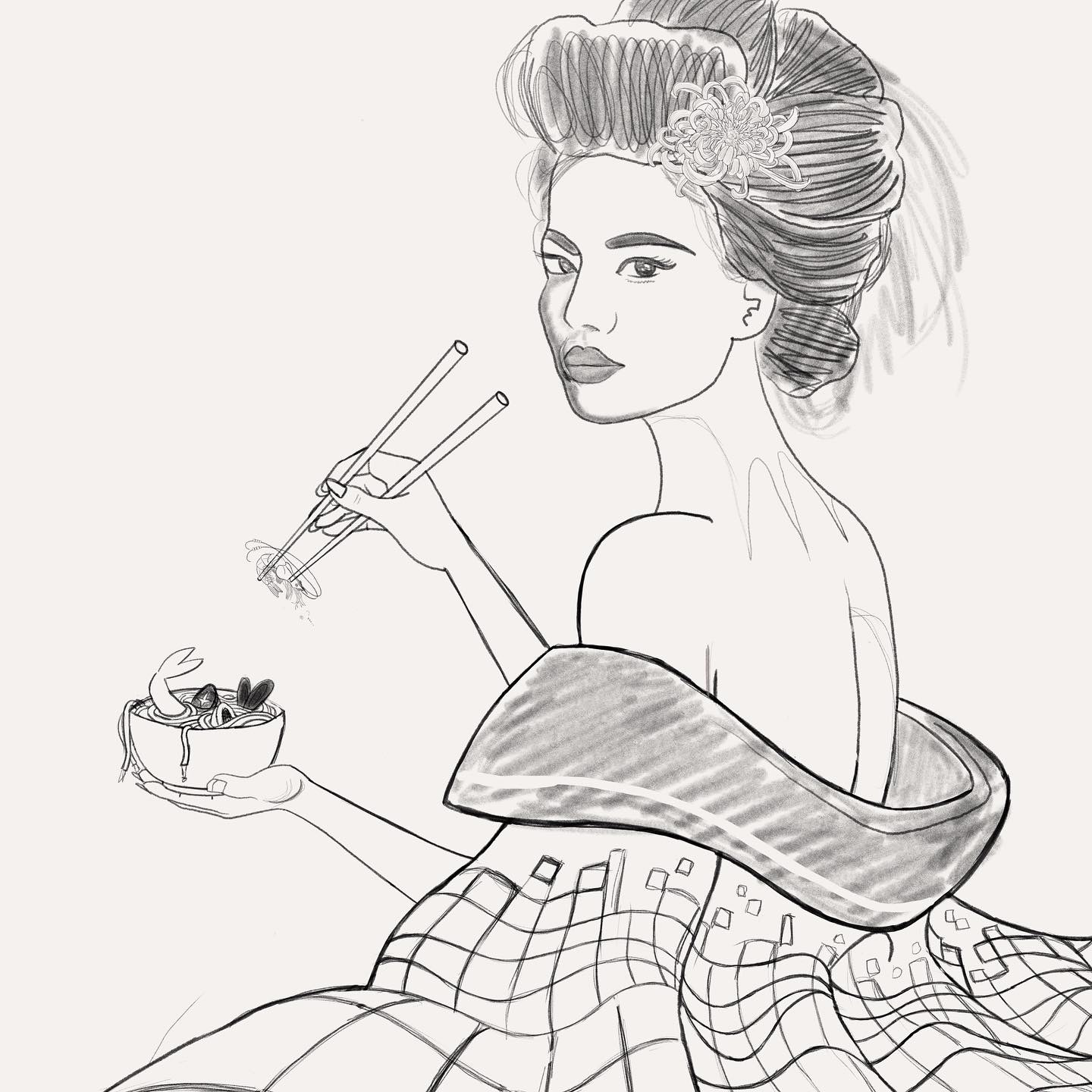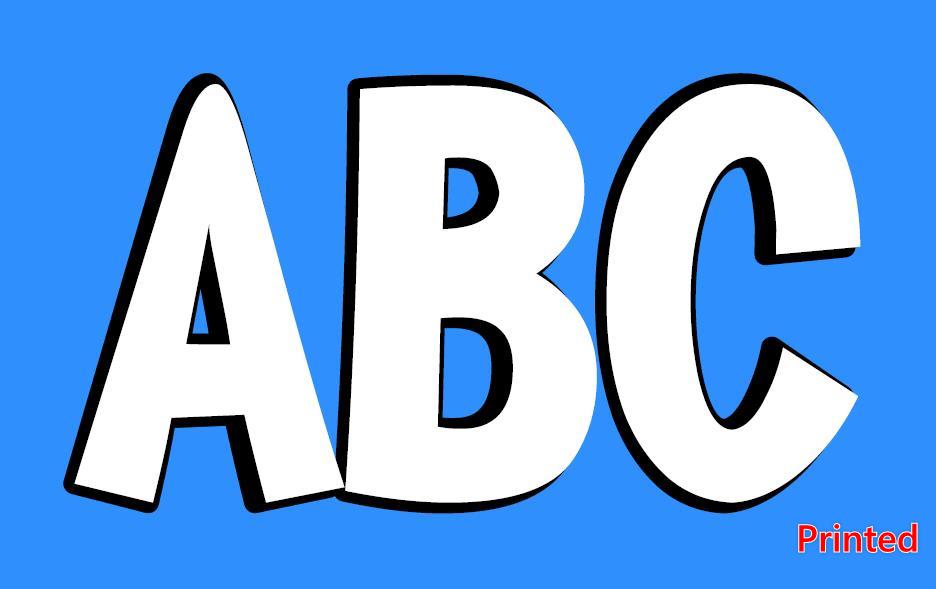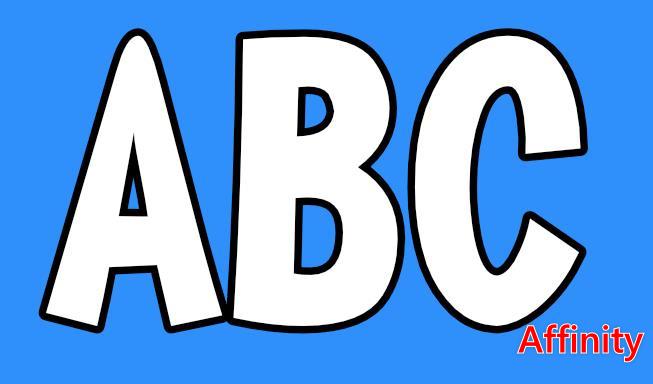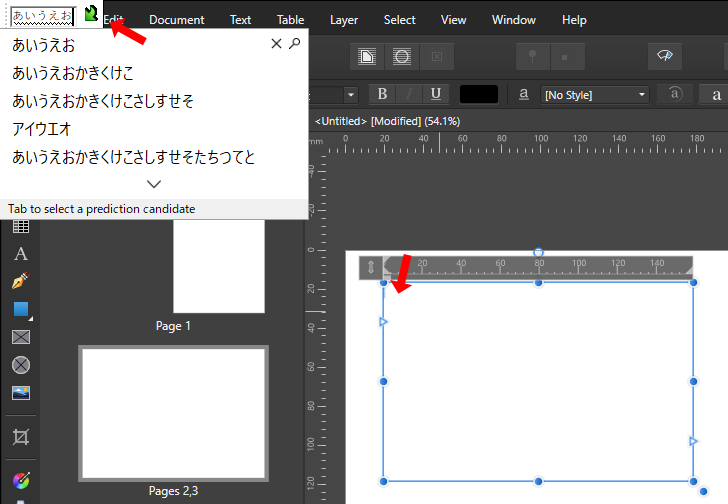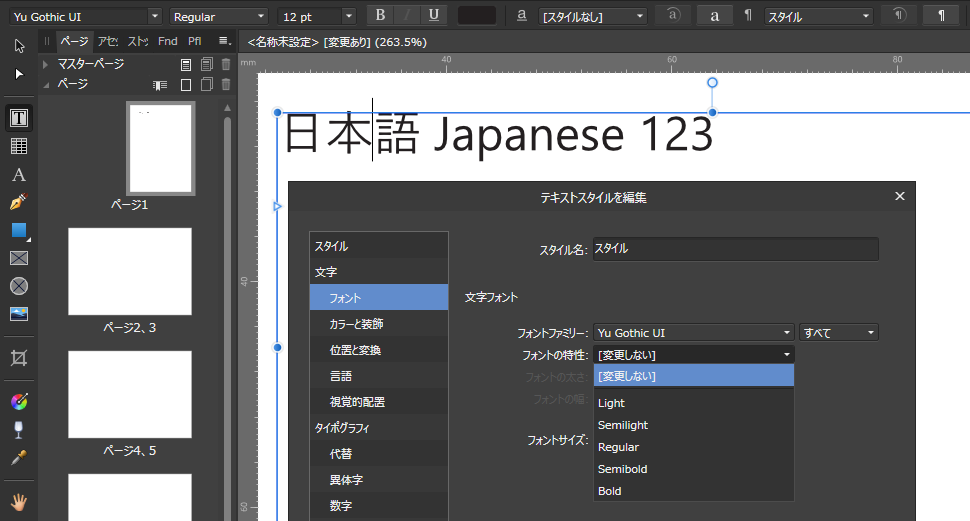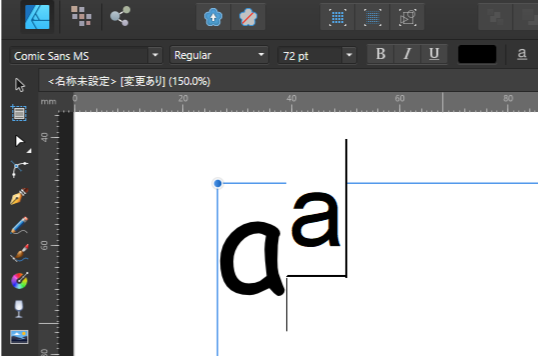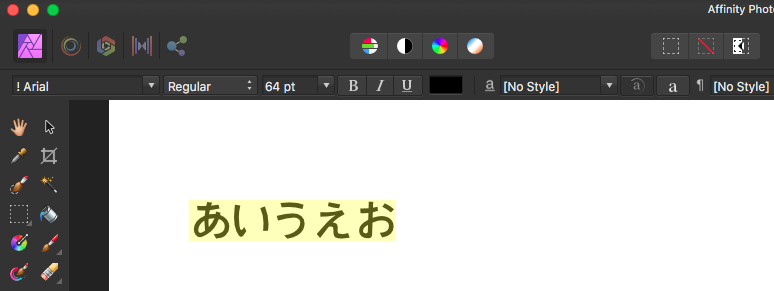Search the Community
Showing results for tags 'japanese'.
-
Hi. I'm a Japanese user of Affinity Designer only on iPad(6th gen, iPadOS14.7.1). I noticed most of all the characters I put on my design were broken those are installed by AnyFont app (existing on AppStore). Specifically those are Japanese free to use fonts. However the issue seems only on designer 1.10.0, other apps seemed to be able to handle those fonts. I could install some of the fonts directly on Designer and those were working. Are those iPadOS issue or Affinity Designer's bug? If those were bugs, are there any solutions? thanks.
- 2 replies
-
- fonts
- ipados14.7.1
-
(and 3 more)
Tagged with:
-
New piece – Kazuko. I’ve always wanted to draw a “cyber geisha”, and my initial idea for this was much more anime inspired (set against a towering futuristic cityscape, drenched in neon, maybe in the rain?) However, whilst I was thrashing out my preliminary sketches, I couldn’t shake the feeling that it was all a bit clichéd, and had been done a million times before by far better artists than I. Instead, I wanted it to be much less dramatic, and far more subtle. I liked the idea that you wouldn’t necessarily realise she was an android at first glance, and that it was only as you examined her more closely that the details would jump out at you: the seams on her arms, , the circuitry under her skin, the pixel pattern on her kimono, the robot prawn. I’ve no idea whether my attempt at subtlety works or not – you’ll have to be the judge – but in any event, here she is. Hope you like her!
- 6 replies
-
- affinity designer ipad
- japan
-
(and 1 more)
Tagged with:
-
I will post the bugs in 1.10 beta here. The first bug is that Publisher crashes if I type Japanese when the text cursor is at outside of the text frame.(by text overflow)
-
The stroke on text with particular font will be shifted when printing. I can send the font(it's a paid font so I can not upload here directly) as sample.
-
If the document has more than one page, input bar pops up where it is far from the text frame when inputting Japanese. This doesn't happen If the document has only one page.
-

affinity designer Ramen bowl - Vector Illustration
Ana Cardo Oliveira posted a topic in Share your work
A vector illustration of a ramen bowl, with use of basic shapes, gradient colors and shading effects. This work was made following a tutorial by visual artist Isabel Aracama.- 3 replies
-
- vectors
- digital art
- (and 7 more)
-
Hi, If I type Japanese texts in Affinity Designer(1.7.3) on Catalina(10.15.1), it be Alphabets. Please fix it. - hi_jp
- 12 replies
-
- affinity designer
- japanese
-
(and 2 more)
Tagged with:
-
Please add a caution to the product description that Affinity can not handle Asian vertical writing. On all stores - Serif store, Apple app store and MS app store, especially in Japanese Many many users complains after they purchased Affinity and they put Affinity down on Social Media because of disappointment. See these complains, this has been going on since long time ago and will continue until you implement vertical writing. https://twitter.com/search?q=affintiy 縦書き&src=typed_query&f=live
-
- japanese
- description
-
(and 2 more)
Tagged with:
-
I have same problem on MacBook Pro (16-inch, 2019) - Affinity Designer 1.8.3 - Mac OS Catalina 10.15.5. But, there's no problem on my old one: MacBook Pro (Retina, 13-inch, Late 2013) - Affinity Designer 1.8.3 - Mac OS Mojave 10.14.6. I suppose there's some compatibility problem with new Magic Keyboard. If possible, please check on MacBook with new Magic Keyboard.
-
Would be nice if you could add "Q" unit for typography additions to point/pixel/millimeter/inch. Adobe has this unit in their products. It's the standard unit in Japanese publishing/printing industry. 1Q =0.25mm Q means quarter
-
I can use the English name font in text style as usual. For example, Verdana and Yu Gothic UI However, when I select a font with a Japanese name such as "游明朝", it is displayed that the font cannot be found (the font name is prefixed with "?"). It definitely exists because it is included in Japanese Windows 10. I also can't choose font characteristics (Bold, Italic ...). Affinity doesn't seem to find the font. This issue seems to occur in all Affinity products on Windows (checked in Designer 1.8.5.703).
- 5 replies
-
- japanese
- asian language
-
(and 1 more)
Tagged with:
-
This remains unfixed, and is actually not limited to Publisher, but a bug across all Affinity products. 中日韓亞洲標點符號排版問題
- 49 replies
-
- asian
- punctuation
-
(and 5 more)
Tagged with:
-
I'm just trying out the demo version of Affinity Designer and I have to say it looks very impressive! However, it would be really great if you could include Japanese typography features such as mojikumi (文字組み) and kinsoku shori (禁則処理). Edit: I just noticed that vertical writing (tategaki) is also missing from Affinity designer. This is really quite important for Japanese.
-
In Japanese they have a style of writing down the page. (Chinese also has it) I have looked everywhere how to do it, forums and it is not possible in Affinity. ( I know I can create a hundred thin text boxes and do it that way but that does not work. I am not going to create a textbook like that. This would be a super handy function to have in an update. If selling in Japan and wanting the mass market to buy, this would be a must. Also having What they call RUBI text, would be great. This is the ability to have smaller character that tell the reader what the kanji mean just above or to the right of the character. Also a super important feature for Japan. I have attached two examples of that they look like.
-
- japanese 日本語
- japanese
-
(and 1 more)
Tagged with:
-
Would be nice if you could offer a font pack as either of bundled or separated product. Especially Japanese fonts are expensive if I buy them from a font developer directly. So Adobe or Corel is bundling some fonts to their product and it's convenient for users. So people in Japan are hoping you to provide a font pack.
-
Hi there! I'm a Japanese user. When I tried to close Affinity Photo before saving the document, I noticed that there is a mistranslation in the Japanese version. There are the same mistakes in Affinity Publisher and Designer. English version: [File name] has been modified. The document is about to close, would you like to save your changes? Japanese version: [File name]は削除されています。 ドキュメントを閉じようとしています。変更内容を保存しますか? In general, "は削除されています。" means "has been deleted." so I was shocked and confused by this sentence. "has been modified." is "は変更されています。" in Japanese. Please correct "は削除されています。" to "は変更されています。" Thank you!
- 3 replies
-
- translation
- japanese
-
(and 1 more)
Tagged with:
-
This remains unfixed. 中日韓亞洲標點符號排版問題
- 8 replies
-
- asian
- punctuation
-
(and 4 more)
Tagged with:
-
Please support Japanese vertical writing. This is the function most needed by Japanese. Website with detailed explanation: https://w3c.github.io/jlreq/#vertical-writing-mode-and-horizontal-writing-mode Adobe uses this because it supports vertical writing in Japanese. This is the only reason why I and my workplace cannot adopt “Affinity”. If this problem is solved, “Affinity” may become the top share in the Japanese market. Can Japanese donate development costs to support vertical writing in Japanese? In Japan, Adobe dominates the market. That is not good. The Japanese market requires the emergence of competitors that compete with Adobe. I hope that Affinity plays an active role for Japan.
- 5 replies
-
- typography
- text
- (and 6 more)
-
I cannot write wz English so use Japanese 英語記入能力がないので、日本語で記入します。テキスト入力で ひらがな入力後に変換(スペース)をおして 変換候補がでます。 目的までスペースで下部移動できますが、いきすぎた場合、カーソル上矢印キーで上に上がりません、文字横の数字も選べません。文節を長くしたりの調節もできません(本来は左右矢印)ひらがなで入力して変換、つづけて ⌘+スペース で英語入力に切り替えて、英語入力しようとすると、ダブって入力されます しかしながら、レイヤーパネルでレイヤー名を日本語で入力しようとすると、何の問題もなく いまのとこ完璧です! パレットの名前の入力なども完璧です
-
Temporary input is shown with wrong font, size and position. (IME's default font?) I assume this is because you are using Windows' built-in text display engine but Affinity's for this part unlike Mac version? It's little inconvenient and sometime it will be a problem to guess the final output. I know implementing custom text display logic like Mac version is tough and problematic. But I would like you to implement it like Mac version at some point.
-
When I type arrow keys(i.e. down then left) while typing Japanese(refer p1), the same sentence I typed will be added next to the sentence I typed.(refer p2) on Japanese input, there are two steps to input text. First, type a sentence I want and this is input preview and the sentence will be highlighted.(means it's temporary and not regular text) Then when I type enter or return, it will be fixed as regular text and highlight on the text will be disappeared. Usually if I type down arrow while previewing, I can choose predicted sentence below input preview.(refer p3) But I can't choose predicted sentence on Affinity. While previewing input, commands to manipulate predicted sentence are assigned to arrow keys on Japanese input. So I'm supposed to be able to choose a predicted sentence with arrow keys.
-
Please make hyphenation for English words in Asian language possible. If I enable hyphenation on Asian text, text style will be totally broken. Adobe's can hyphenate only English words in an Asian language.(Refer attached image)
- 9 replies
-
- hyphenation
- asian
-
(and 3 more)
Tagged with:
-
There are keys to change input mode on Japanese keyboard. "英数" and "かな" "英数" is the key to change input mode to English/alphabets. "かな" is the key to change input mode to Japanese character. Similar to Ctrl+Space but they switch the mode to specific one directly but toggle each other. But these keys does not work on Affinity. I think because they have unique control code. You can simulate these keys by using Karabiner on English keyboard. https://pqrs.org/osx/karabiner/ Please refer this page to setup those keys by using Google Translate. https://beadored.com/the-original-karabiner-elements-command-switching-eisuu-kana/








